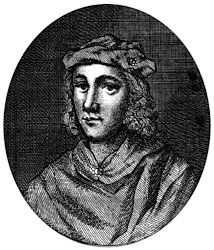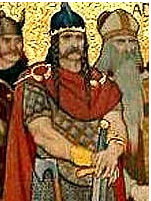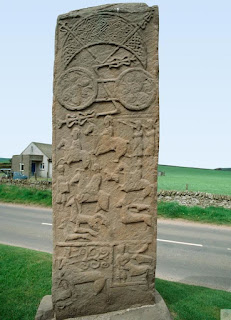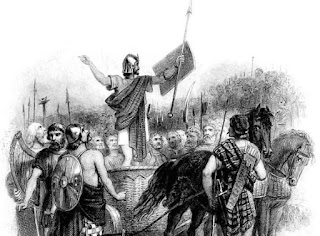Constantine II

The first Gaelic King to rule over the Picts He is Scotland's Alfred the Great, our forgotten hero king who repelled the Viking invaders, founded the kingdom of Alba, and fought off England's first attempt at conquest. He is Constantine II, known in Gaelic as Constantin MacAed, one of Scotland's greatest Medieval kings. He reigned from 900 to 943 and his achievements may even outstrip those of Robert the Bruce. Yet he is little known today, probably because he has never attracted the attention of a great storyteller like Walter Scott or Robert Louis Stevenson. But Constantine can be seen, in many ways, as the founder of the Scottish nation. King Constantine II was the grandson of Kenneth MacAlpin, the first Gaelic king to rule over the Picts. Kenneth died at Forteviot in 858 and his brother Domnall took over the kingship. It was Domnall who introduced Gaelic Law to the Pictish kingdom. Domnall died in 862 and was succeeded by his nephew, Kenneth's son, Constantine. Thi...





